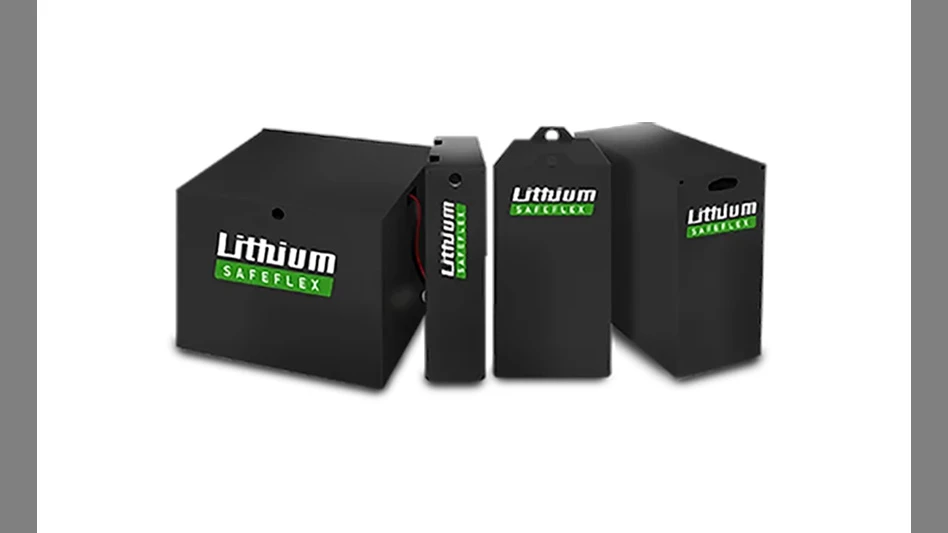
Tom Kirk, president and CEO of Connecticut’s Materials Innovation and Recycling Authority (MIRA), recently announced that the state’s Hartford-based waste to energy facility will close by July 1, 2022 at the latest, Connecticut Public Radio reports.
The closure date is dependent, in part, on future operational and maintenance costs.
MIRA represents 51 municipalities in Connecticut. The organization, which was created by the state in 2014, is the successor of the Connecticut Resources Recovery Authority (CRRA). The CRRA was created in 1973 to help the state divert material from landfill through the development of a network of resource recovery facilities.
MIRA’s board took an initial vote to close the Hartford plant earlier this year and transition it to a transfer station after financing prospects and subsidies for the organization dried up. The facility has recently suffered from mechanical failures and other issues due to its age. The state rejected a $330 million proposal to upgrade the aging trash incinerator earlier this year.
The Hartford plant incinerates between 600,000 and 720,000 tons of waste annually. With MIRA planning to shut down the Hartford facility by July 2022, the organization is still contractually obligated to manage waste for 50 of its member communities through 2027.
“It’s a very significant change in the way we’re handling our waste,” Kirk says. “We’ve landfilled almost none of our garbage for 30-plus years. To now be stepping backwards to a landfill-dependent solution … is a disappointing development.”
Kirk says the Hartford facility can be converted to a transfer station where the incoming waste will be sent to landfill, not incinerated.
“We’ll be able to handle a good portion—not 100 percent—but a good portion of our customer waste, and the remaining waste will be picked up by private-sector transfer operations,” Kirk says.
Kirk also notes that the waste will be shipped out of state due to Connecticut’s lack of available landfill infrastructure.
“All of the waste will end up going out of state because there is no capacity here in Connecticut to handle it,” Kirk says.
The closing of the site will force the state to rethink how it manages its waste, according to Katie Dykes, commissioner of the state’s Department of Energy and Environmental Protection.
“Connecticut is facing a waste crisis at this moment,” Dykes says. “A lot of the traditional options that our state has relied on for disposing of municipal solid waste over the years are beginning to diminish. And they’re becoming more costly or unavailable.”
“The MIRA facility in Hartford is kind of emblematic of those trends,” Dykes concludes.
Latest from Waste Today
- SoCalGas signs RNG procurement contract
- Heritage Environmental Services rebrands
- Interstate Waste Services acquires Pinto Service
- Report: Common-sense standards could cut California landfill methane emissions
- Toppoint Holdings expands chassis fleet
- Divert appoints new COO
- Houlihan Lokey, Deutsche Bank advise sale of Stonehill Environmental Partners
- Landfill Insights: Efficient pushing to manage airspace





